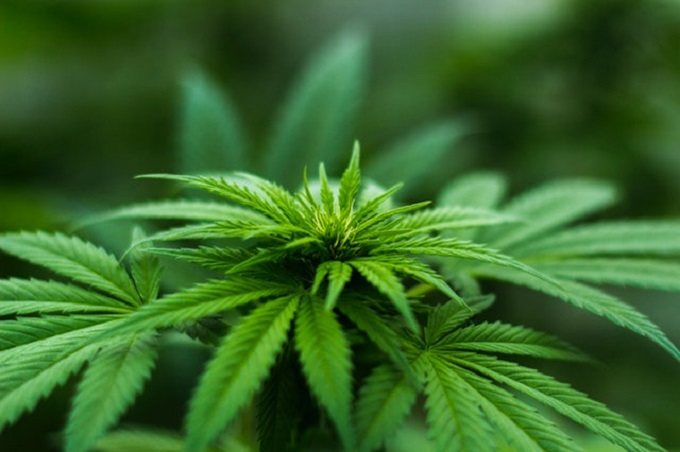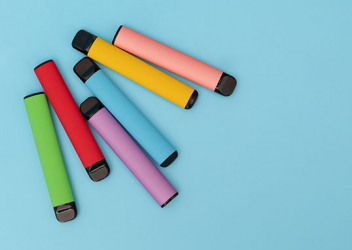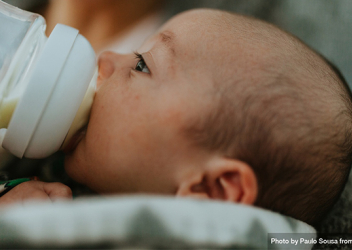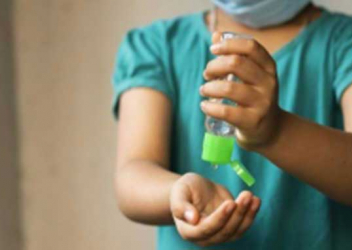Research In Action
Research In Action
Breadcrumb

Over the past decade, there has been an increase in the accessibility of Cannabis sativa-based products and changes in societal attitudes toward their use. The big businesses of the marijuana and hemp industries seem to be taking pages from "Big Tobacco's" playbooks. Many policymakers and those adding to the social dialogue, however, have missed an important perspective: U.S. Poison Control Centers have experienced sizeable increases in cases of children ingesting large amounts of highly potent edible tetrahydrocannabinol (THC, the chemical primarily responsible for marijuana’s psychological effects) products every year for the past five years.
Consider a recent visit involving such a poisoning at Children’s Hospital of Philadelphia (CHOP):
A Philadelphia family was getting ready for dinner when their elementary school-aged daughter suddenly became distressed, started holding her head, and then became drowsy and lost her balance. Her frightened parents rushed her to the Emergency Department, where they overheard the doctors consider “stroke, tumor, brain bleeding” and more. As their daughter’s breathing became faint, she was connected to a breathing machine and was transferred to the intensive care unit. Testing ultimately showed, much to her parents’ relief, that she would soon recover after poisoning by “THC,” the intoxicating ingredient in marijuana.
Next came the agonizing questions around how she may have ingested the THC and whether her parents may have been neglectful. The answer was surprising! The patient had picked out a “krispy treat” snack in a neighborhood grocery store, but her caretaker had not noticed that the colorful treat contained delta-8-THC, which has recently begun being sold in the Philadelphia region as a “legal high.”
Acute THC Intoxication: Local and National Data
A research report of marijuana exposures reported to the Poison Control Center at CHOP from 2014-2019 found:
- a five-fold increase in annual reported THC cases involving children ages < 6 years
- a three-fold increase in annual cases of THC intoxication treated at CHOP
- all cases of THC intoxication involving children ages < 12 years involved edible forms of THC
In an updated review of our real-time surveillance data, the CHOP Emergency Department called The Poison Control Center about 44 cases of acute THC intoxication in 2021:
- ages of children ranged from 1 to 18 years with a mean of 8 years
- 57% of children were under 6 years of age
- at least 63% involved edible THC products, including almost all cases involving children < 12 years
- two children experienced seizures, 59% were hospitalized, and 11% were hospitalized in intensive care
Additionally, several cases of suspected cannabinoid hyperemesis syndrome, and of drug-induced psychosis, were reported.
Dr. Colleen Bennett and her colleagues from CHOP and the University of Pennsylvania looked at a nationally representative database of emergency department visits and inpatient hospitalizations and found a 13-fold increase in encounters involving children < 6 years of age over 15 years, with 15% of these children receiving care in intensive care units and 4% being supported with mechanical ventilation. The New York Times recently reported on numerous other studies documenting the rise in children being poisoned by edible THC products.
The THC Policy Paradox
As long as marijuana and THC are illegal, there will be continued attempts to bypass legislation through production of new, uncontrolled, poorly understood compounds such as synthetic cannabinoids or alkaloids such as delta-8-THC. However, as marijuana and THC are legalized, increased access will lead to increased potential for child poisoning. Decades of poisoning prevention work and common sense tell us that drugs should not be sold as candy or dessert. Recommended public policy changes include:
- Edible THC products should not be made in forms or packages that resemble typical child treats.
- THC products should be in child-resistant packaging that conforms to the Poison Prevention Packaging Act.
- THC product packaging should be opaque and have limits on the quantity of THC in each serving size and package.
- Edible THC products should be conspicuously labeled as containing THC and should show the dose.
- THC containing products in stores should not be accessible to children and should not be displayed near food items.
Home Injury Prevention
Parents and caregivers at home can take steps to prevent THC poisoning by:
- not bringing edible THC products into their homes
- refraining from eating THC edibles in front of children
- storing edibles in a secure place that is out of sight and out of reach of children (preferably locked)
- avoiding THC edibles that are made in counterfeit packages that look just like real candies
- talking to family and friends about keeping their homes safe environments for children
- understanding that their ability to supervise children is diminished when intoxicated
If you suspect that a child has eaten a THC edible, please call the Children’s Hospital of Philadelphia Poison Help Hotline at 1-800-222-1222 to be connected to a specialist. If the child is having trouble breathing, or is having a seizure, call 911.






